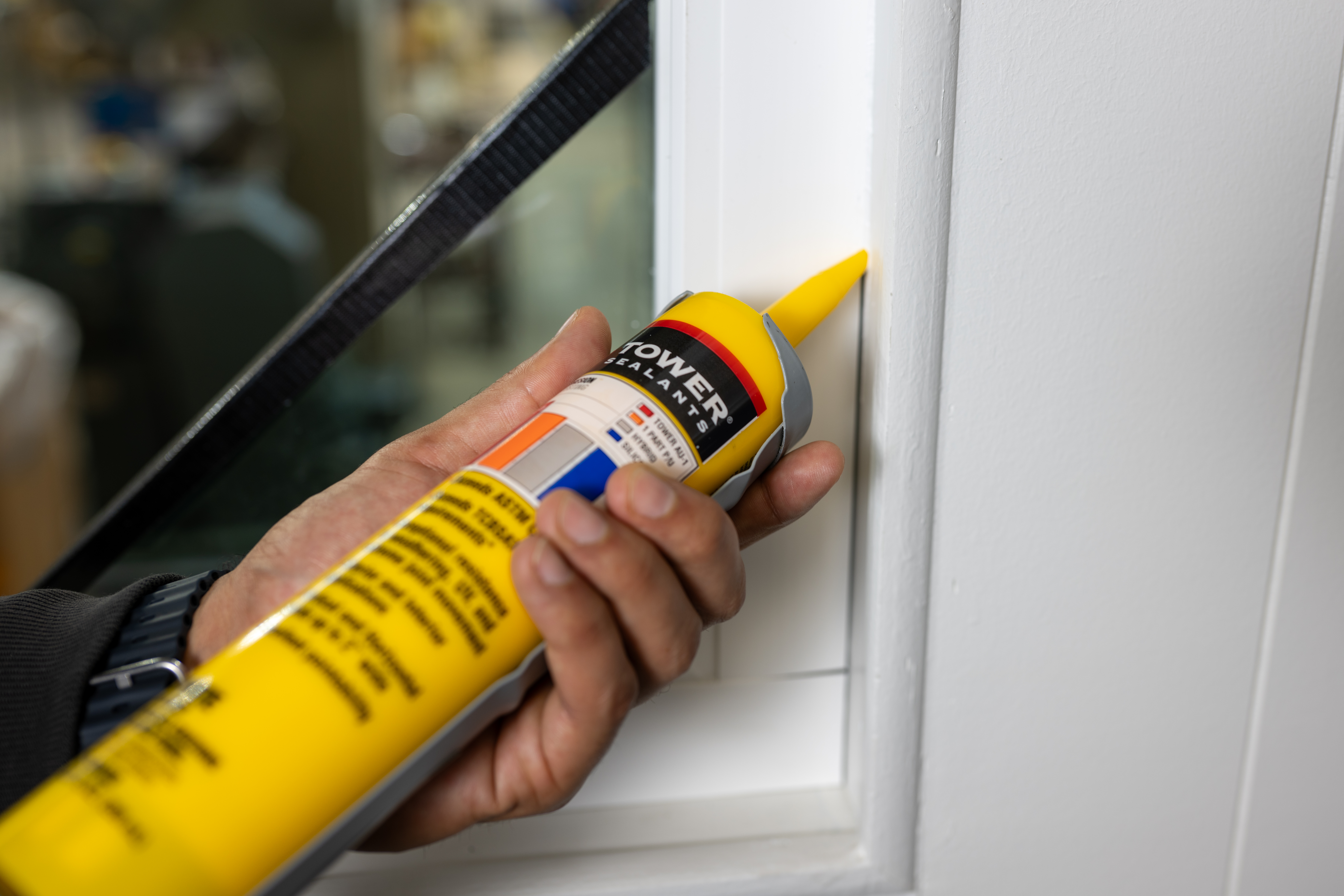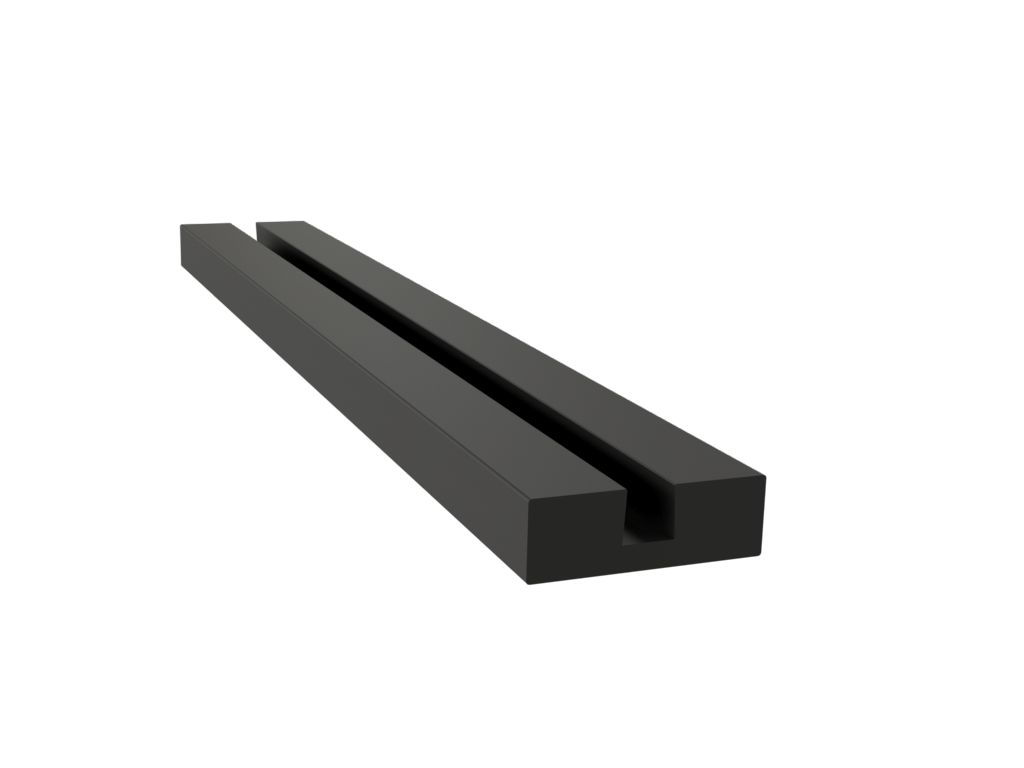Let’s dive into the world of setting blocks for windows. These small but critical components play a big role in window installation, and understanding them can help you appreciate their importance, how they’re used, and the challenges installers and users might face.
What Are Setting Blocks and Why Are They Important?
Setting blocks are small pieces of durable, flexible material—often made from materials like flexible PVC, rubber, or silicone—placed under the edge of a glass pane during window installation. Their primary job is to support the weight of the glass, keep it centered in the frame (or "sash"), and provide a cushion between the glass and the frame. This cushioning is crucial because glass is rigid and brittle, while frames (often metal, wood, or vinyl) can expand, contract, or shift slightly with temperature changes or building movement. Without setting blocks, the glass could crack, shift out of place, or fail to seal properly.
For installers, setting blocks are vital because they:
- Distribute Weight: They prevent the glass from resting directly on the frame, which could create pressure points and lead to breakage.
- Ensure Proper Alignment: They help position the glass correctly so it seals tightly with weatherstripping or glazing materials, keeping out air and water.
- Absorb Shock: They reduce stress from vibrations (like wind or slamming doors) that could damage the glass over time.
Why Do Some Have Channels and Others Don’t?
The "channel" refers to the groove or slot in the window frame where the glass sits. Whether a setting block is used with a channeled frame or a flat one depends on the window design:
- Channeled Frames: These have a built-in groove (U-shaped or similar) where the glass edge fits. Setting blocks in these systems sit at the bottom of the channel to lift the glass slightly off the base. The channel provides side support, and the block ensures the glass doesn’t bottom out or rattle. This is common in sliding windows, aluminum frames, or commercial glazing systems.
- Non-Channeled Frames: Some windows, like wood or vinyl casement windows, might not have a deep channel. Here, the glass sits on a flat "sill" or glazing ledge, and setting blocks are placed directly under the glass to support it. The lack of a channel might mean additional glazing materials (like tape or caulk) are used to secure the sides.
Common Problems with Setting Blocks and How They Fail
Setting blocks seem simple, but they can cause headaches if they’re not up to par. Here’s what installers and users might encounter, along with how these issues tie to material properties:
1. Material Degradation:
- Rot or Breakdown: Flexible PVC and modern synthetics don’t "rot" like organic materials, but they can degrade under UV exposure (sunlight) or extreme heat, becoming brittle or cracking over time. This is more of an issue if the block is exposed rather than sealed inside the frame.
- Solution: High-quality, UV-stabilized PVC or silicone blocks resist this better than cheaper alternatives.
- Does It Bleed?: Yes, it can happen with low-grade materials. If the setting block is dyed (e.g., black or gray) and the pigment isn’t stable, it might leach onto the frame or glass, especially in wet conditions. This is mostly a cosmetic issue but can frustrate users who notice stains.
- Solution: Look for colorfast materials or natural (undyed) options if bleeding is a concern.
- Problem: If blocks are too small, they won’t support the glass evenly, leading to stress points and potential cracks. Too large, and they might lift the glass too high, messing up the seal or alignment.
- Installer Tip: Blocks should cover about 1/8 to 1/4 of the glass width and be placed at quarter points along the bottom edge (not just the corners) to balance the load.
- How It Fails: Over years, some blocks can compress or harden, losing their cushioning ability. This lets the glass sit too low or rattle, compromising the seal and allowing leaks or noise.
- Cause: Low-durometer (softer) materials might squash too much under heavy glass, while overly hard ones (e.g., above 90 durometer) don’t flex enough.
- Solution: An 85 durometer rating, like in the flexible PVC strikes a good balance—firm yet resilient.
- Problem: In channeled frames, blocks can slide out of position during installation or over time, especially if the channel is too wide or the block isn’t secured with adhesive.
- User Impact: Misaligned glass can leak air/water or stress the frame.
- Fix: Some installers use a dab of compatible sealant to hold blocks in place.
- Problem: If the block material reacts chemically with the frame or glazing (e.g., PVC with certain sealants), it might soften, swell, or degrade.
- Solution: Check manufacturer specs for compatibility—flexible PVC is generally safe with most modern glazing systems.
Why It Matters to Installers and Users
Installers care about ease of use (cuttable blocks, pre-cut options like 4" lengths), durability, and avoiding callbacks due to failures. Users want windows that last, stay quiet, and keep the weather out—setting blocks quietly make that happen. A bad block can lead to cracked glass, drafts, or water damage, turning a small component into a big headache.
In short, setting blocks are unsung heroes in window performance. Their material, size, and placement need to match the job, and while flexible PVC at 85 durometer is a solid choice, picking quality materials and installing them right keeps the problems at bay.




